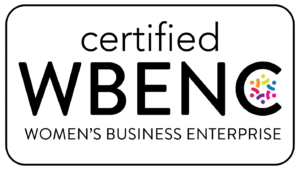Many people find it difficult to be on the receiving end of constructive criticism. It can feel like an attack—especially if it isn’t delivered thoughtfully and with empathy.
We can’t stress enough how important it is to mentally reframe corrective action as an opportunity for continuous growth and improvement. As an employee makes performance adjustments based on feedback, their performance reviews/ratings will increase (not to mention job satisfaction!). When an employee can effectively process corrective feedback, they will be happier and more productive.
Here are a few practices that you can share with your team from Forbes.com:
1) Actively listen. Repeat and affirm what you’ve heard. This gives the brain time to process without becoming defensive. Body language is also a component of active listening. Check your posture. Are your arms folded? If so, relax your arms and maintain good eye contact.
2) Thoughtfully consider the feedback given to you. Avoid quickly rejecting or accepting the person and take your time to evaluate the information. Consider the impact of the requested change. Reflect on how frequently you receive similar feedback from other coworkers or in other environments, i.e., at home.
3) Remain open…ask followup questions using the start, stop, continue format. Begin by asking, “What is something that I am not doing that you would like me to start doing?”. Next ask, “What is something that I am doing that you would like me to stop doing?”. Finally ask, “What is something that I am doing that you would like me to continue doing?”.
Take these tips into your next feedback session and leave with clear understanding and amazing opportunities for improvement.
Share your best practices for receiving corrective feedback in the comments below. Make it a great day!







